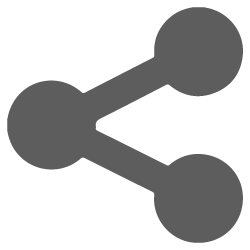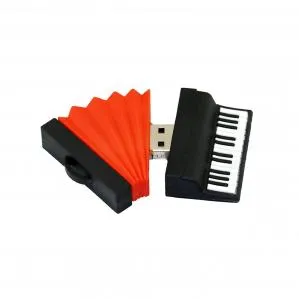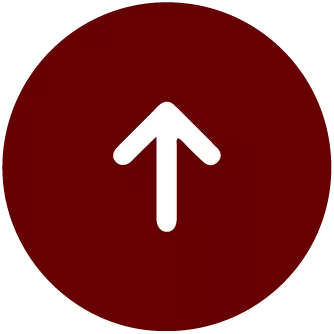At the request of JOJEELJA here are the diagrams of a keyboard called
\Charleroi" keyboard with the C in the 2nd row as well as the schematics of the Belgian type basses
Good end of the evening.
Jodi
How to link
Rem - Reb 7 - C7M -Fa 7 in the left hand without moving on the keyboard
I share my practice with you,
it allows - on a 3/3 keyboard - to avoid moving the hand on the
keyboard and thus the break in the sequence of the basses:
D minor is played normally
finger 4 and 2 (or 3 if you want to add the mimic finger 2 to get a chord
of Rem 7/9).
D flat 7ème can
be obtained by placing finger 4 on the bass of C # (second row in
above the A bass) and the thumb on the C # 7 chord (this is not the most
simple, only the habit can help to play the right chord but we manage).
The Do 7 M is quite
classically on a 3/3 keyboard by placing finger 3 on the bass C (3ème
row above the bass E and the 7M chord is obtained by placing finger 2
on the E minor chord.
Finally, FA 7 is done by placing
finger 3 on the bass of F (just below the bass of C: 3ème
row above the A bass), the tuning of F7 is normally done with the
finger 5 (the mark is quite easy: you would have to bend the finger to
to make a C7 chord, so the position is quite natural, even if everything is
depends on the morphology of each person).
It is then quite simple to follow with a Bb 7M chord with the Bb bass on the 3ème row with finger 4 and the Re
minor with finger 2.
Here is my little
"I must not be the only one to use it, but I do it all the time.
to those who would be interested.
Kind regards,
Joël
Nothing is easier to find on a standard MG Basses keyboard! If necessary, use a diagram of the MG keyboard.
- the #'s for a major scale : you start from the fundamental bass C and while going up you count... G=1, RE=2, A=3... F#=6...
- the flats for a major scale : you always start from the fundamental bass C and while going down, you count... FA=1, SIb=2... REb=5...
For minor scales, same thing but starting from the complementary bass A. By going up the sharps, by going down the flats. Normally, it gives F#m=3#, Fm=4flats...Gm=2...
It also works by reversing the problem... I have 3 sharp notes in my quilting... 1, 2, 3... I am in the key of A or F#m depending on whether I start from C or A!
Sincerely






























